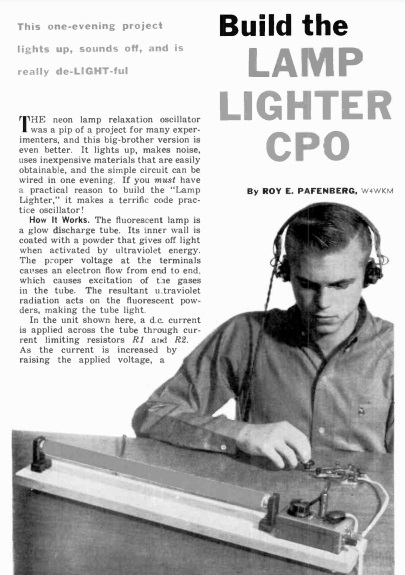The kids seem to have their doubts, and Dad is showing some signs of frustration, but he was wiring his house for radio, following the plans in the August 1924 issue of Popular Science. Perhaps his frustration came from not heeding one of the warnings in the article about the proper hookup of remote speakers:
“Ordinary electrical appliance outlets are excellent and reasonable in price. The loudspeaker must be supplied with a corresponding plug and all outlets have to be identical. But here care must be used that all radio outlets are marked with some unmistakable sign, lest a loud-speaker be plugged into an electrical socket by mistake, with disastrous results.”














